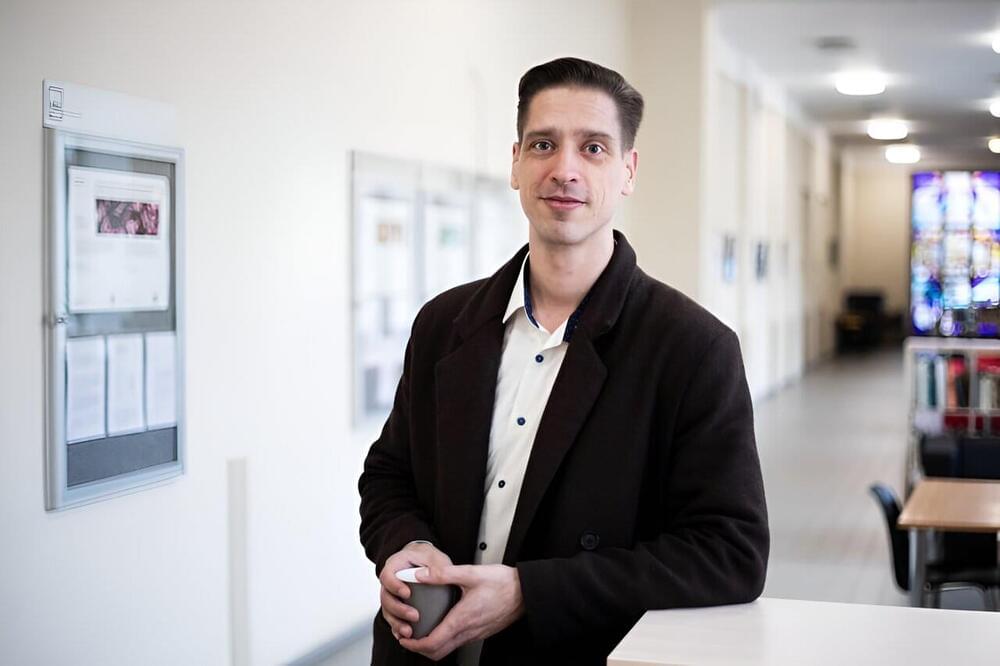Upon completion of Mission 1, Astrolab’s FLEX will become the largest and most capable rover to ever travel the Moon, claims the company.
Venturi Astrolab.
One such firm is Monacco-based lunar technology startup Venturi Astrolab which initiated its electric lunar rover programme in 2019. The Venturi group has leveraged its experience of designing and manufacturing high-performance electric vehicles since 2000 to develop its maiden rover called the Flexible Logistics and Exploration (FLEX), which is scheduled to land on the Moon in 2026.




